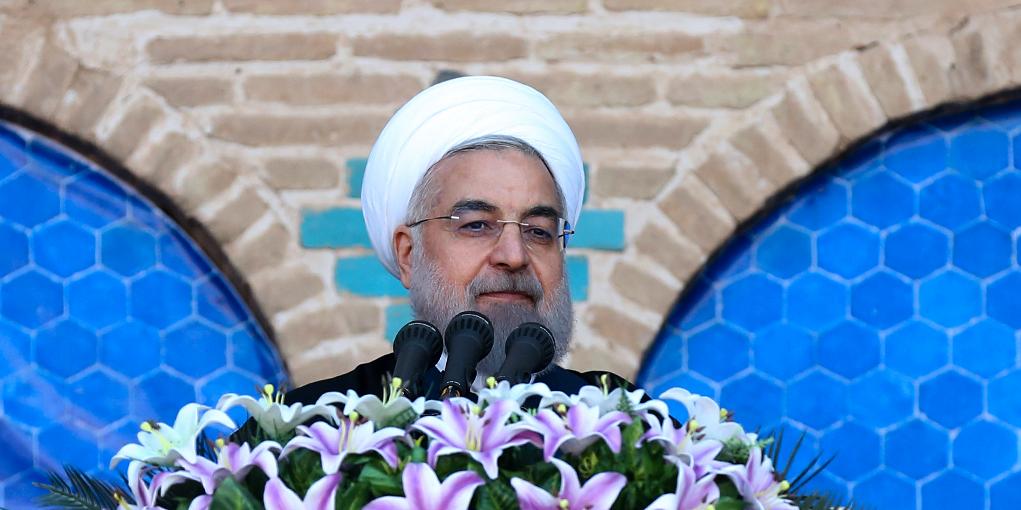
Iran: ”Pengar för oss är som vatten”
Världens blickar riktas mot oljegiganten Iran efter att omvärlden lyft sanktionerna och gjort det möjligt för handel. I en intervju med Financial Times berättar Seyed Hamid Hosseini, medlem av Iranska olje-exportrådet, att investeringar är nödvändiga för expansion.
– Vi behöver avtal, anbud och teknik, säger Seyed Hamid Hosseini och beskriver Iran som en trädgård i behov av näring.
Och fortsätter:
– Pengar för den iranska ekonomin är som vatten, säger han.
Internationella energimyndigheten, IEA, beräknar att Iran kommer att ha ökat sin produktion med en miljon fat per dag inom ett år.
bakgrund
Irans oljereserv
Wikipedia (en)
Proved oil reserves in Iran, according to its government, rank fifth largest in the world at approximately 150 billion barrels (24×10^9 m3) as of 2014, although it ranks third if Canadian reserves of unconventional oil are excluded. This is roughly 10% of the world's total proven petroleum reserves. At 2006 rates of production, Iran's oil reserves would last 98 years if no new oil was found.
According to NIOC, Iran recoverable liquid hydrocarbon reserves at the end of 2006 was 138,4 billion barrels. Apart from these considerable reserves, from the outset of oil industry in Iran in 1908 to the end of 2007, Iran produced some 61 billion barrels of oil.
Iran has more than a century of history in exploration and production; the first successful exploration well was Masjid Suleiman-1 on May 26, 1908. Since then, based on the latest oil and gas reports, 145 hydrocarbon fields and 297 oil and gas reservoirs have been discovered in Iran, with many fields having multiple pay zones. A total of 102 fields are oil and the remaining 43 are gas, and there are 205 oil reservoirs and 92 natural gas reservoirs. According to Iran Energy Balance Sheet (2009, in Persian), 78 of these fields are currently active, with 62 onshore and 16 offshore, leaving 67 fields inactive at present. Some 23 hydrocarbon fields lie in border areas and are shared between Iran and adjacent countries, including Kuwait, Iraq, Qatar, Bahrain, UAE, Saudi Arabia and Turkmenistan.
Iranian production peaked at 6 million barrels per day (950×10^3 m3/d) in 1974, but it has been unable to produce at that rate since the 1979 Iranian Revolution due to a combination of political unrest, war with Iraq, limited investment, US sanctions, and a high rate of natural decline. Iran's mature oil fields are in need of enhanced oil recovery (EOR) techniques such as gas injection to maintain production, which is declining at an annual rate of approximately 8% onshore and 10% offshore. With current technology it is only possible to extract 20% to 25% of the oil in place from Iran’s fractured carbonate reservoirs, 10% less than the world average. It is estimated that 400,000-700,000 bbl/d of crude production is lost annually due to declines in the mature oil fields.
Omni är politiskt obundna och oberoende. Vi strävar efter att ge fler perspektiv på nyheterna. Har du frågor eller synpunkter kring vår rapportering? Kontakta redaktionen